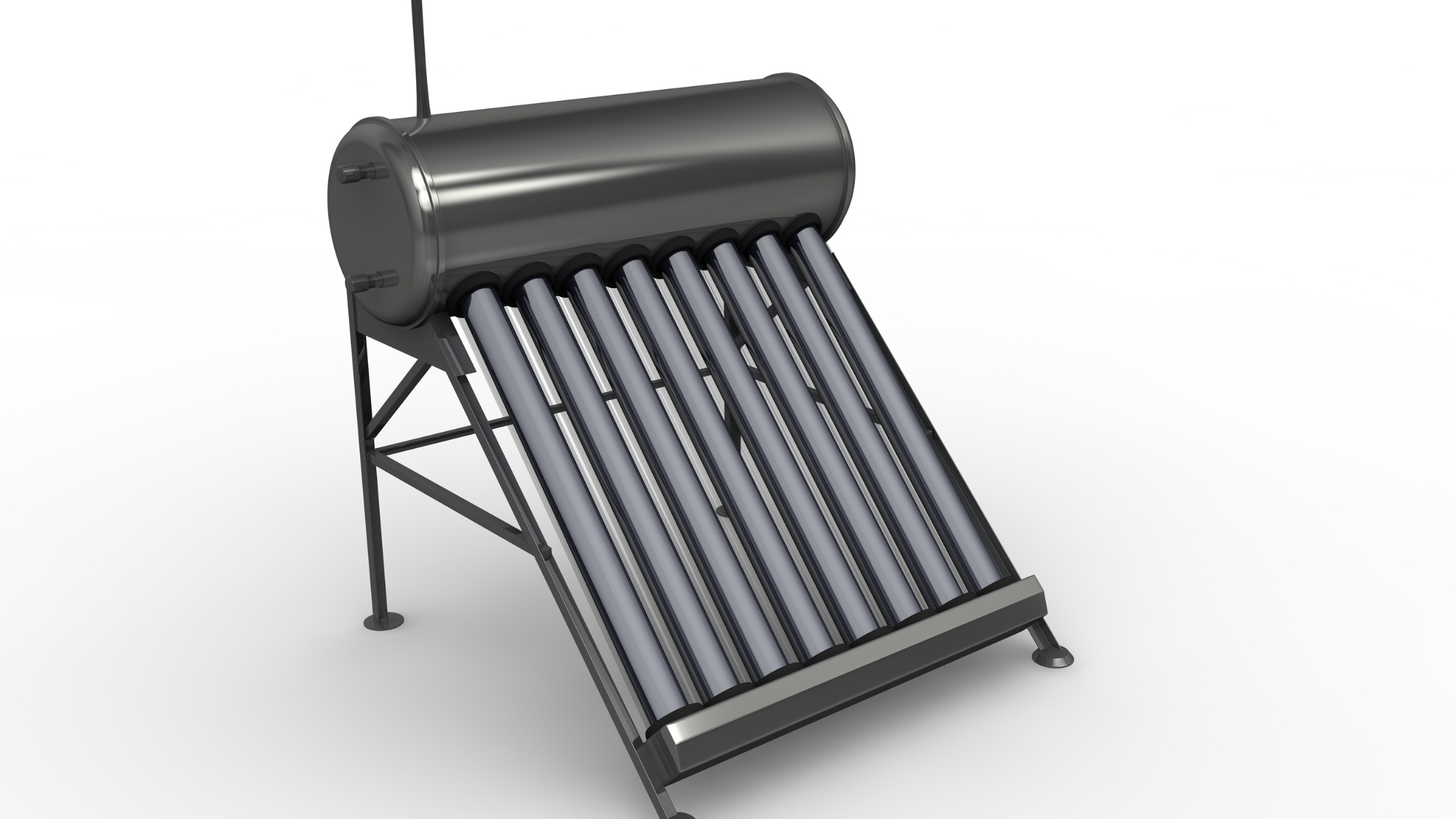Introduction:
In the quest for sustainable energy solutions, solar water heaters have emerged as a shining example of harnessing the abundant power of the sun to meet our daily needs. As the demand for eco-friendly alternatives continues to rise, the importance of incorporating Glazing, Insulation, and Collector (GLC) technology in solar water heaters cannot be overstated.
Today, let's delve into why GLC is a game-changer, making it an indispensable component for the optimal performance of solar water heaters.

Understanding Solar Water Heaters:
Before we delve into the significance of GLC, let's take a moment to understand how solar water heaters operate. These innovative devices utilize sunlight to heat water, providing an energy-efficient and cost-effective alternative to traditional water heating methods. In India, where the sun's rays are abundant throughout the year, the adoption of solar water heaters has gained considerable momentum.
GLC Technology Explained:
GLC, an acronym for Glazing, Insulation, and Collector, represents the trio of key components that play a pivotal role in enhancing the efficiency of solar water heaters.
-
Glazing: The glazing component refers to the protective covering or glass layer that encapsulates the solar collector. This layer serves as a shield, allowing sunlight to penetrate while preventing heat loss. The quality and design of the glazing significantly impact the overall efficiency of the solar water heater.
-
Insulation: Insulation is the thermal barrier that surrounds the storage tank, preventing heat loss and maintaining water temperature. An effective insulation system ensures that the heated water retains its warmth for extended periods, even during cloudy days or at night.
-
Collector: The collector is the heart of the solar water heater, responsible for absorbing sunlight and converting it into heat. The efficiency of the collector is influenced by the type of technology used and its ability to capture and transfer solar energy to the water.
Why GLC Matters for Solar Water Heaters:
-
Maximizing Solar Absorption: GLC technology maximizes the absorption of solar energy by optimizing the design of the collector. The glazing allows sunlight to pass through, and the collector efficiently absorbs this energy, converting it into heat. This ensures that the solar water heater operates at peak performance, harnessing as much sunlight as possible to heat the water.
-
Reducing Heat Loss: The glazing and insulation components of GLC work in tandem to minimize heat loss. By creating a barrier that traps heat, GLC ensures that the water remains hot even when external temperatures drop. This is particularly crucial during colder seasons or cloudy days when consistent sunlight may be scarce.
-
Extending Lifespan: The protective glazing not only enhances efficiency but also contributes to the longevity of the solar water heater. It shields the collector from environmental factors, preventing damage and corrosion. This, in turn, extends the lifespan of the solar water heater, making it a durable and reliable investment for homeowners.
-
Adaptability to Varied Conditions: The insulation provided by GLC makes solar water heaters adaptable to diverse weather conditions. Even in regions with intermittent sunlight, the technology ensures that the water heater continues to function effectively, providing a reliable source of hot water for households.
The Best Solar Water Heater in India:
When it comes to choosing the best solar water heater in India, considering GLC technology is paramount. The market offers a variety of options, each boasting unique features and specifications. However, a solar water heater equipped with advanced GLC technology stands out as the most efficient and reliable choice.
Conclusion:
In the pursuit of a sustainable future, embracing solar energy is a step in the right direction. Solar water heaters, with their eco-friendly operation and cost-effectiveness, have become an integral part of the green energy landscape. The incorporation of Glazing, Insulation, and Collector (GLC) technology elevates the performance of these devices, ensuring they operate optimally in diverse conditions.
As we continue to prioritize environmentally conscious solutions, investing in the best solar water heater in India, equipped with GLC technology, becomes not just a choice but a responsibility. By harnessing the power of the sun efficiently, we contribute to a cleaner, greener future while enjoying the practical benefits of a reliable and sustainable hot water supply.

 Read more +03 September 2024 in Solar Water Heater
Read more +03 September 2024 in Solar Water Heater Read more +03 September 2024 in Solar Water Heater
Read more +03 September 2024 in Solar Water Heater Read more +03 September 2024 in Solar Water Heater
Read more +03 September 2024 in Solar Water Heater





